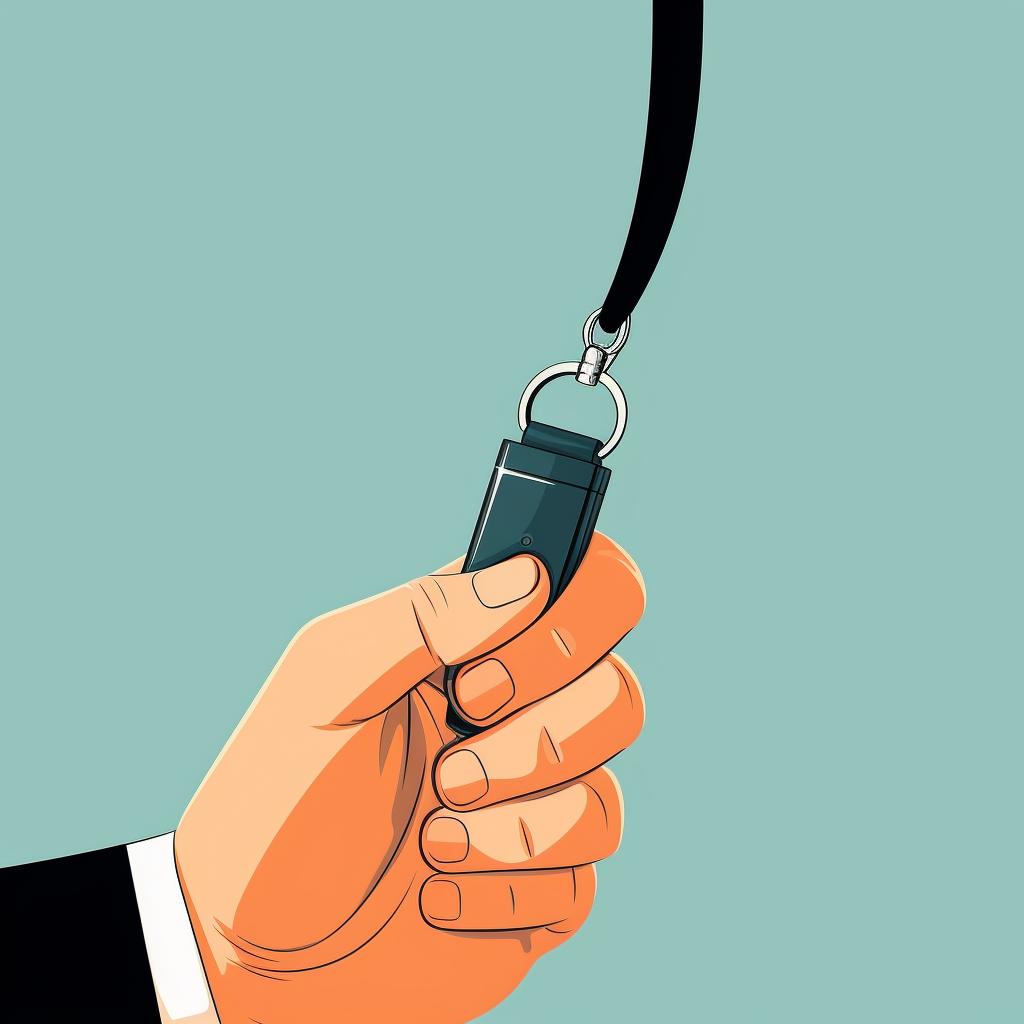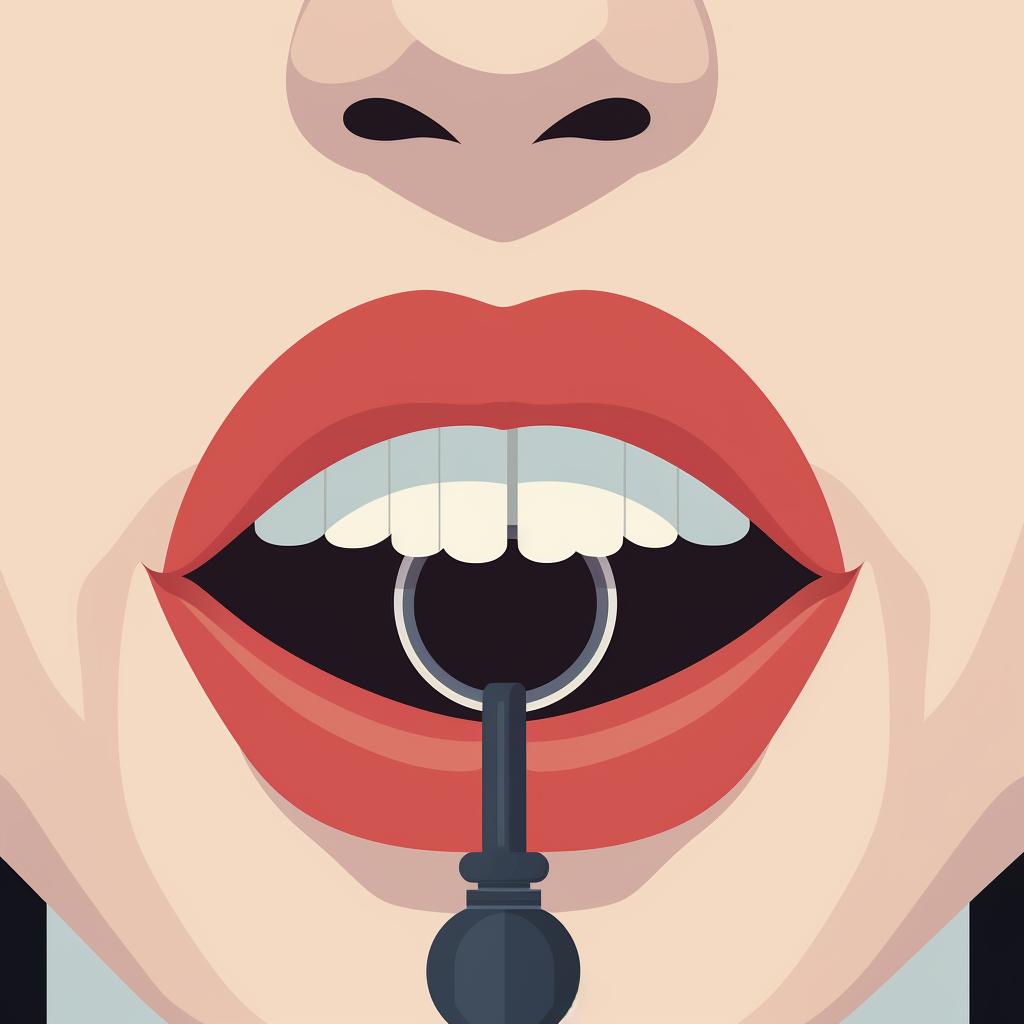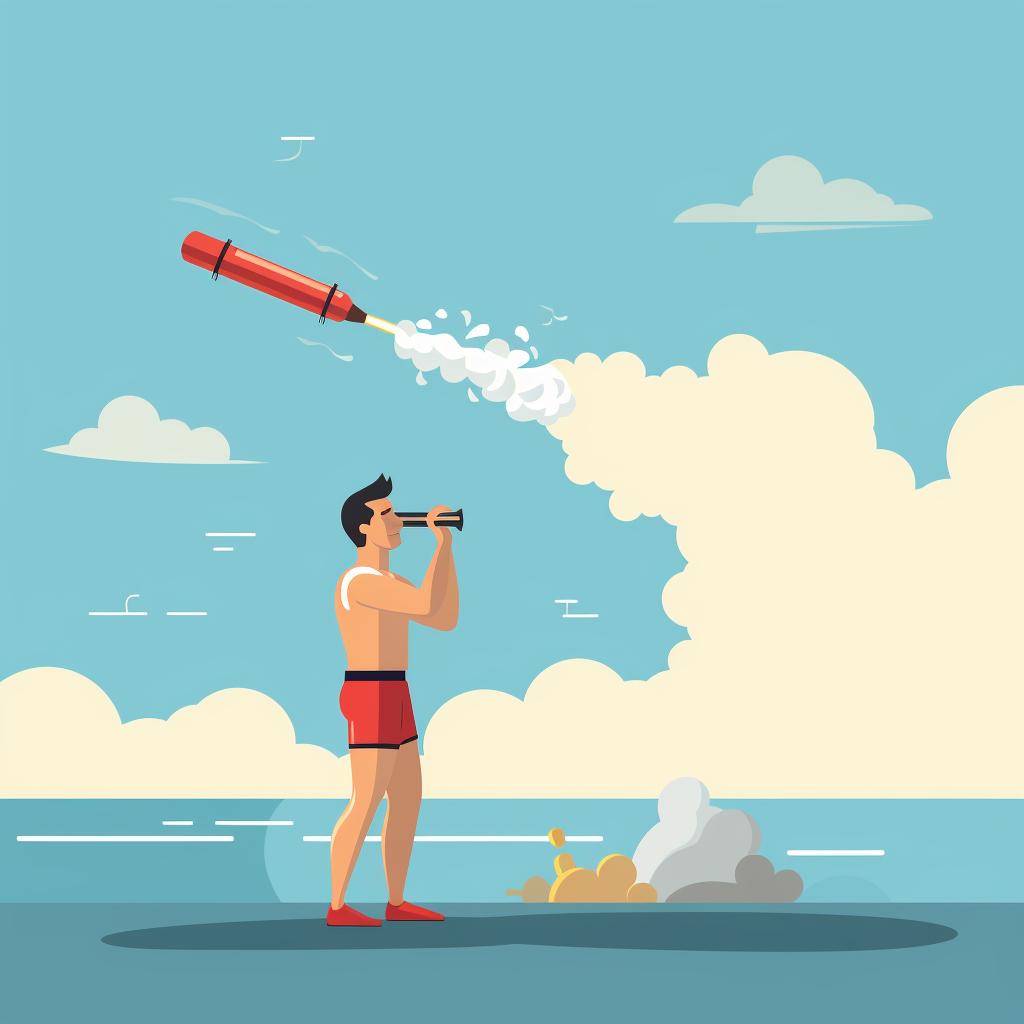🌊 Mastering the Lifeguard Whistle: A Step-by-Step Guide 🚨
Mastering the Lifeguard Whistle: A Step-by-Step Guide
When it comes to lifeguarding, one of the most important tools in your arsenal is the whistle. It's not just a simple noisemaker, but a powerful communication device that can help you maintain order and ensure the safety of everyone at the beach or pool. In this step-by-step guide, we'll walk you through the proper techniques for using a lifeguard whistle effectively.
Step 1: Hold the Whistle Correctly
To start, hold the whistle by its lanyard, allowing it to hang down from your fingers. This position ensures that you can quickly bring it to your mouth when needed. By keeping the whistle easily accessible, you'll be able to respond swiftly in emergency situations.
Step 2: Proper Mouth Position
Next, place the whistle in your mouth with the rounded end facing inward and the flat end facing outward. Seal your lips around the whistle, but not too tightly. This position allows you to produce a clear and loud sound without straining your lips or compromising your ability to communicate effectively.
Step 3: Single Blast for Attention
When you need to get everyone's attention, give a single, long, and loud blast on the whistle. This signal is typically used to indicate that everyone should stop what they're doing and pay attention. Whether it's to communicate important information or to address a potential hazard, the single blast is a powerful tool for maintaining order and ensuring safety.
Step 4: Two Short Blasts for a Lifeguard's Attention
If you need to get another lifeguard's attention, use two short blasts on the whistle. This signal is specifically designed to alert your fellow lifeguards and can be used to communicate a potential issue or request assistance. By using this distinct signal, you can quickly and effectively convey important information to your team.
Step 5: Three Short Blasts for a Rescue
When a lifeguard is taking action and going for a rescue, three short blasts on the whistle are used to signal the need for immediate backup or for another lifeguard to take over observation of the area. This signal ensures that everyone is aware of the situation and can provide the necessary support to ensure a successful rescue.
By mastering the lifeguard whistle and following these step-by-step techniques, you'll be equipped with a powerful tool for maintaining order, communicating effectively, and ensuring the safety of everyone under your watch. Remember, practice makes perfect, so take the time to familiarize yourself with these techniques and incorporate them into your lifeguarding skills.
At State Lifeguards, we provide comprehensive resources and training to help you become the best lifeguard you can be. From lifeguard certification to the best lifeguard gear, we've got you covered. Stay tuned for more informative guides and helpful tips to enhance your lifeguarding skills.















